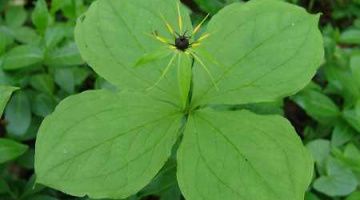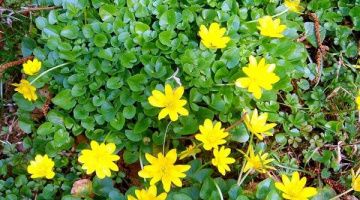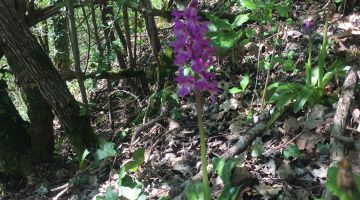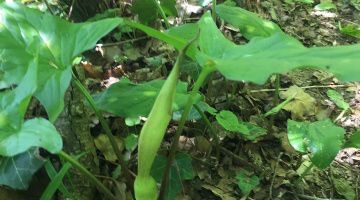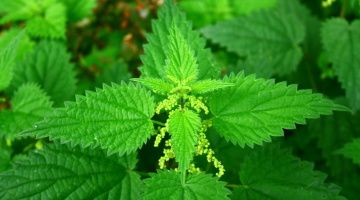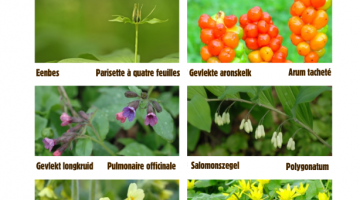In the spring, we are discovering many flowers. You can find the following species here. Be careful, certain species are protected, do not pick them in this last case.
The bear's garlic (or wild garlic): flourish in april and in may.
The air of the forest is thus filled with a garlic smell. The daily garlic we all know and we consume is a derivative of the bear's garlic, which was consumed by humans a long time ago.
The bear's garlic is also comestible but it should be cleaned first with water before you can eat it. (video Bartel) https://www.ketnet.be/programma/x-treem/eetbare-planten
The woodland anemone or the "Sylvie" anemone (Anemone nemorosa)
The woodland anemone is a springflower and can be easily recognized by its white flowers that are sometimes pink, and its leaves that are deeply incised. This anemone flourish from may to july.
The ordinary Celandine (Ranunculus ficaria subsp. bulbilifer)
The Celandine covers multiple parts of forests with its yellow flowers that are one the first flowers of the spring. The number of bulblets active in the leaf axils is prodigious. Thanks to that, the Celandine can multiply itself at exponential rate. This plant flourishes from february to may.
The woodland primavera (primula elatior)
The humid hardwood forests are the ideal place to find the woodland primavera, recognizable by its size that is relatively big; the yellow pale flowers grow on a long stem. The leaves are creased and edged.
The spotted arum (Arum maculatum)
The spotted arum can reach 20-40 cm of height. The rootstock is finished by a tuber with a big number of lateral roots. The leaves, in arrow-shaped, are sometimes brown or dark. The flower releases a smell of stiff.
The four flowers Parisette (Paris quadrifolia)
The four flowers parisette is characterized by its 4 large leaves circles-like shape. In april-may, a curious green flower appears in the middle of the circle. After the flowering period, a blue dark bay (which is toxic) appears. The Parisette flourish from april to june.
The Pulmonaire officinale (Pulmonaria officinalis)
The pulmonaire officinale wear flowers that are first reddish before getting purplish-blue.
The wild hyacinth or woodland hyacinth (Hyacinthoides non-scripta)
The wild hyacinth is a wonderful springplant that, with her bell-shape and her dark blue color, is unique. The hyacinth can in some woods have a blue background. However, here and there, the flower can be also white.
L
